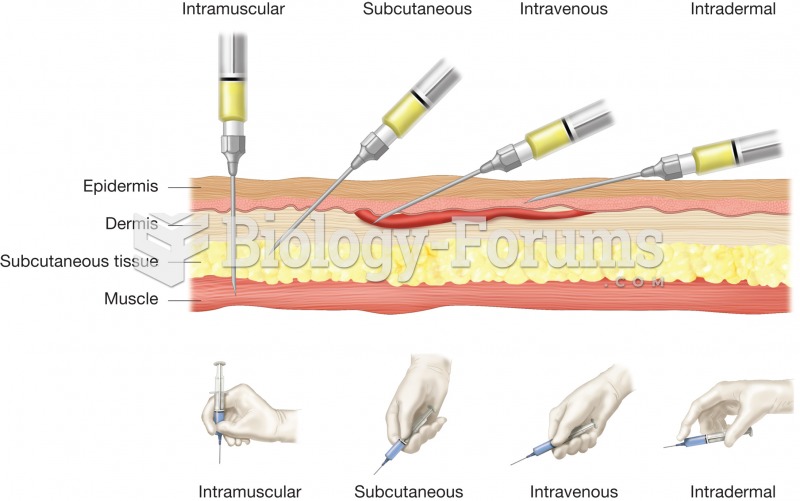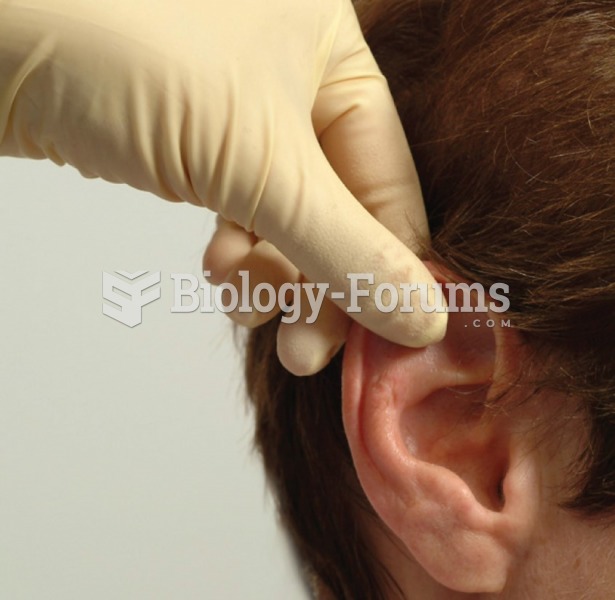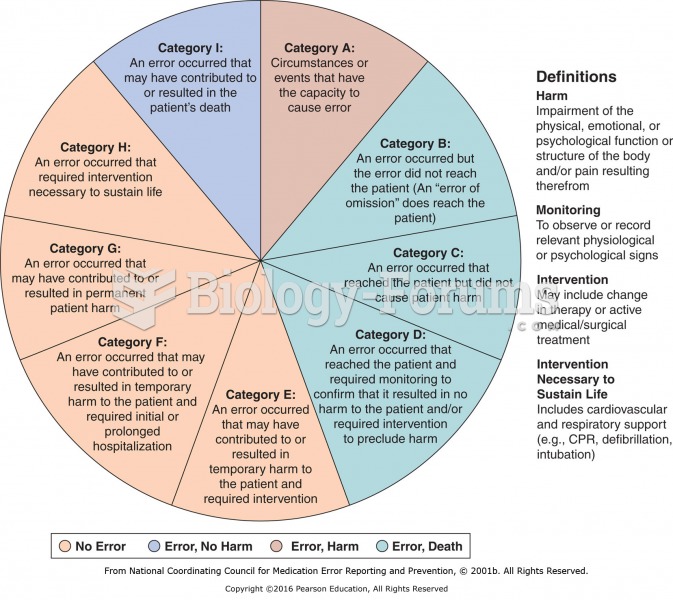|
|
|
Did you know?
Though the United States has largely rejected the metric system, it is used for currency, as in 100 pennies = 1 dollar. Previously, the British currency system was used, with measurements such as 12 pence to the shilling, and 20 shillings to the pound.
Did you know?
The longest a person has survived after a heart transplant is 24 years.
Did you know?
In 1835 it was discovered that a disease of silkworms known as muscardine could be transferred from one silkworm to another, and was caused by a fungus.
Did you know?
The horizontal fraction bar was introduced by the Arabs.
Did you know?
The first oncogene was discovered in 1970 and was termed SRC (pronounced "SARK").






